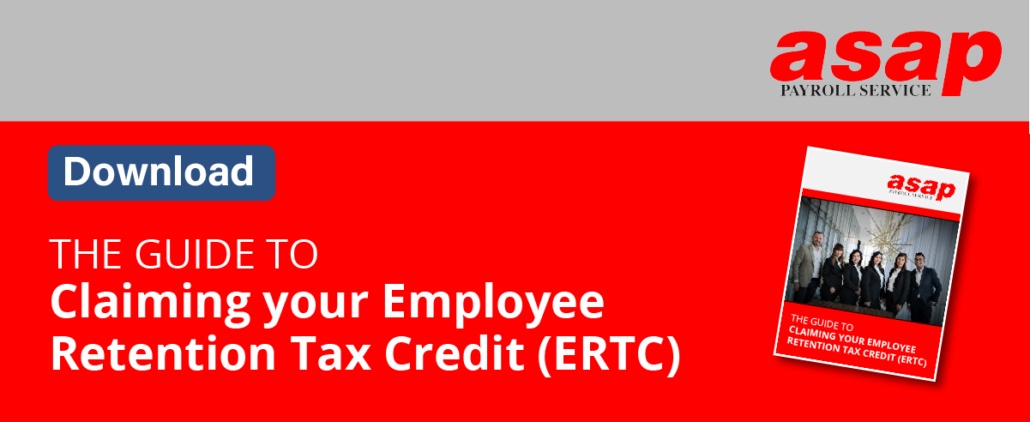The inception of the Employee Retention Credit was made possible after the passing of the CARES ACT 2020 and since then, it has undergone some significant modifications on the type of employers who can claim it.
The IRS acts as a critical authority on laying down the rules of eligibility in 2020 and 2021 under the Notice 2021-20 and the Notice 2021-23. In addition, it provides a clear definition of an eligible employer for the ERC.
The Employee Retention Credit is claimable by any business or tax-exempt organization concerning business operations carried out during the calendar years of 2020 and 2021 during the COVID-19 pandemic.
Who is an eligible employer?
Notice 2021-20
According to the IRS, under Section 2301(c) (2) (A) of the CARES Act, the eligibility of an employer is dependent on whether they were conducting a trade or business during 2020. This includes any business that operated during any calendar quarter in 2020, for which the business was fully or partially closed down in adherence to government orders due to COVID-19, or the employer underwent a significant decline in gross receipts.
For an organization, the CARES Act stipulates that it has to be a tax-exempt organization as defined under section 501(c) of the Code. In addition, the organization needs to have been in business or trade that has been partially or fully suspended due to forced government closure. The factor of a significant decline in gross receipts also applies in this case.
A point to note: The government, state governments, and self-employed persons are all exempted from claiming the Employee Retention Credit.
Notice 2021-23
This notice reiterates the given definition of an eligible employer as provided by the Notice 2021-20 including parties exempt from the tax credit. However, there is a slight change in that; the amendments expand the bracket of eligible employers. That is, it allows an exception for a tax-exempt organization as well as exempting any government body which carries on as a college or university or one that delivers medical or hospital care. The exception also expands eligibility to having operations within the first quarters of 2021.
The two notices as well as the IRS resources delve deeper into the entrails of the respective codes and sections. So, in summary, an eligible employer and following the implementation of the American Rescue Plan Act 2021 is:
- Any trade or business operational, both in 2020 and 2021 that suffered a large decline in revenue or closed down due to COVID-19.
- Any tax-exempt organization as clearly defined under section 501(c).
- A government entity that is either a college or university or one that operates as a hospital.
In general, the IRS requires that the employers become first eligible if their business operations were fully or partially suspended due to government orders and reported a significant decline (50% for 2020 credits and 20% for 2021 credits) in gross receipts. There are exceptions to the first rule of partial or full suspension which are:
- Employers who offer essential services except if any closure limits their flow of operations.
- Employers whose businesses shuttered but are still able to stay in business via telework
In December 2020, the Consolidated Appropriation Act 2021, allowed the retroactive access of the ERC for both 2020 and the first two quarters of 2021. And this allowed employers to now claim the tax credit regardless of having members who borrowed a Paycheck Protection Program loan.
In 2021, all calendar quarters are viable to claim the ERC against qualified wages thanks to the American Rescue Plan Act 2021. The IRS is encouraging businesses to optimize this credit to ease their operations during the pandemic through extending and expanding eligibility and qualified wage limits.
As an employer, you are probably looking for more insights into your eligibility and how to take advantage of the Employee Retention Credit. ASAP Payroll can work alongside you as both the expert and your partner. You can contact us to learn more.






